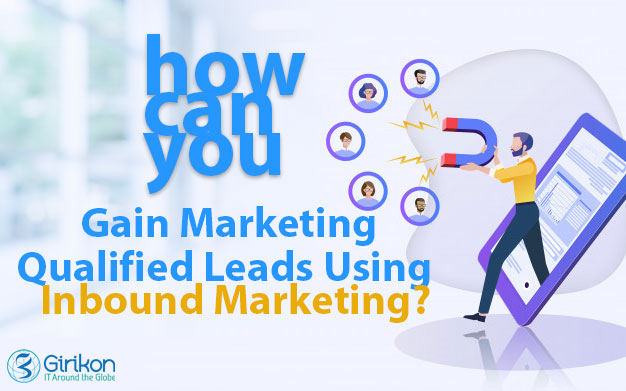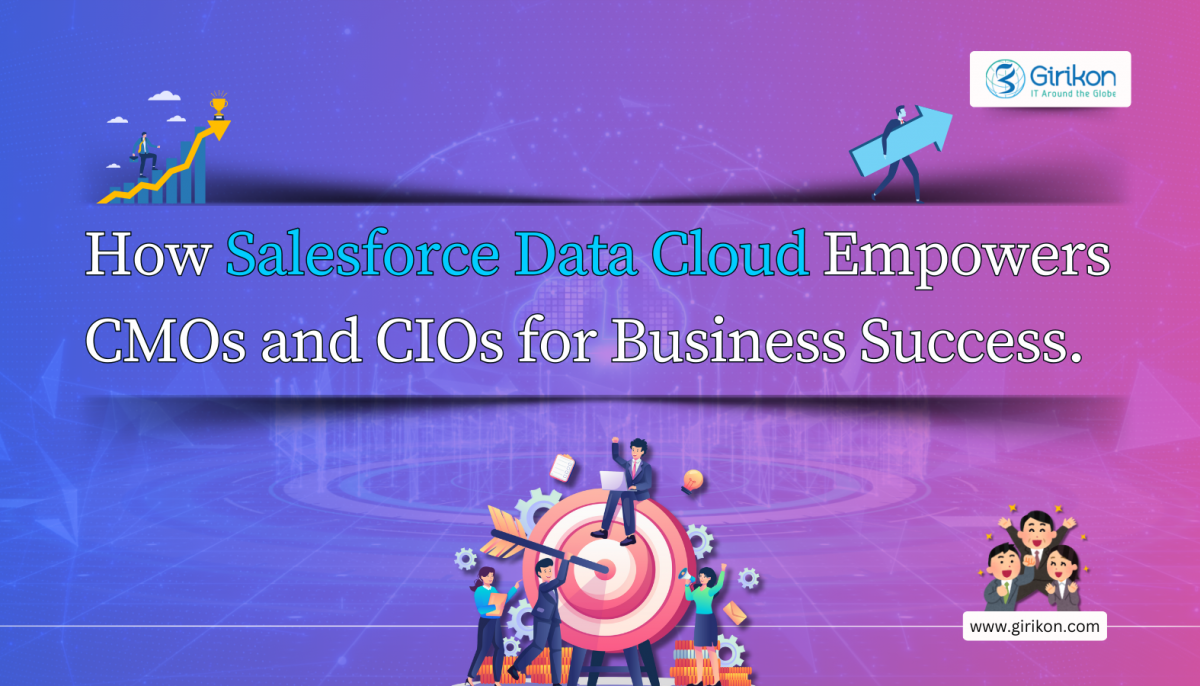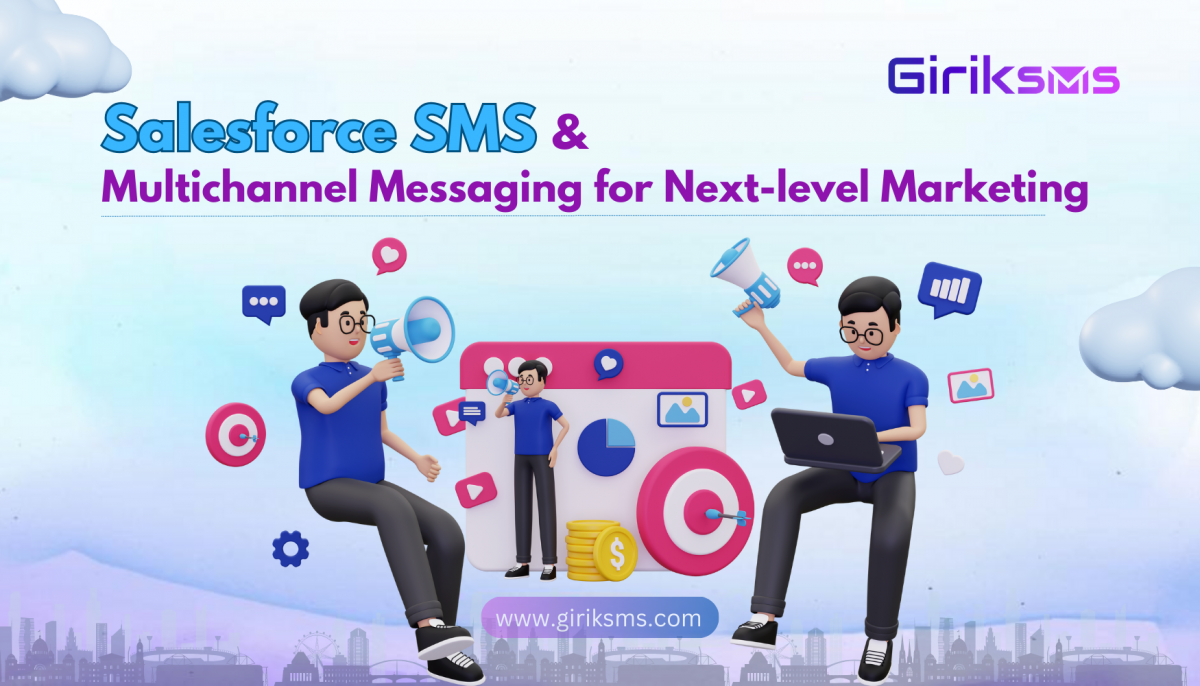Our Blogs
Every marketer has a common goal of attracting more and better leads. However, the cut-throat business landscape has made it challenging for marketers to get qualified leads that can be converted to sales. The answer to this is a marketing methodology called inbound marketing that has transformed the way marketers drive quality leads to their websites.

According to a report shared by HubSpot, 75% of marketers implementing inbound marketing are pleased with the results as it delivers quicker by targeting leads with the right intent.
This strategy involves creating and delivering relevant and valuable content that acts as a magnet to attract qualified leads and prospects. In other words, it brings potential customers looking for a particular product or service, rather than a business promoting their products and services to them. However, it’s not sufficient to have the right content, it’s equally important to deliver the content at the right time during the buyer’s journey.
Let’s understand how inbound marketing can help businesses drive Marketing Qualified Leads:
Define Your Buyer Persona: It’s important to understand who your target prospects are failing which you might end up wasting your resources. It’s easy to create content focused on their needs if you are aware of their needs and what information they are looking for. It’s also important to define your leads by creating a list of characteristics that meets certain criteria that are defined while keeping the Sales and marketing team on the same page.
Create Compelling Content: Comprehending the problem statement of your prospects and the kind of keyword they are searching for is essential for planning engagement initiatives for prospects. This data can be used to verify whether your company resolves the issues of its prospects and enhance the quality of content thereof. So, whenever they search for it, your brand is sure to show up on the top. So, make sure to create compelling content that caters to their needs. Besides creating the right content, it’s equally important to share them on the right platforms i.e. platforms that are commonly frequented by the prospects.
Make Use of Lead Generation Tools: It’s important to categorize your buyers according to their personas. This would help organizations to develop a content strategy for every category, which would ultimately help streamline the buyer’s journey. By analyzing lead behavior and their activity history, tweaks in the existing inbound marketing strategy can be made.
Ensure Lead Nurturing: Brand recall for the leads gets faded if they are not provided with the right content that too at the right time. In fact, prospects tend to lose interest in your brand if you fail to follow up with them or address their queries. To avoid this situation, it’s important to use relevant data to plan your content strategy, which in turn would add value to your lead’s life.
Mobile Optimisation: A majority of internet traffic is driven by tablets and mobile phones. Consequently, brands should focus on optimizing their brand for mobile to drive more leads that can be nurtured to become marketing qualified leads.
Make Use of Marketing Automation: Marketing automation is being used by the majority of B2B marketers as it helps them to move their leads through various stages. However, success depends on the kind of content being offered to your leads. You can seek HubSpot consulting services to implement automation software like HubSpot.
Final Words:
These are some of the many inbound marketing tips that can help you generate marketing-qualified leads. By generating qualified leads, your sales team will have to spend less time and effort searching for prospects. With a robust inbound marketing tool like HubSpot in place, your goal of achieving qualified leads that can ultimately convert to paying customers can become quick and hassle-free. For successful implementation of this tool, it makes sense to get in touch with one of the best HubSpot Consultants.

 +1-480-382-1320
+1-480-382-1320 +44-7428758945
+44-7428758945 +61-1300-332-888
+61-1300-332-888 +91 9811400594
+91 9811400594


















